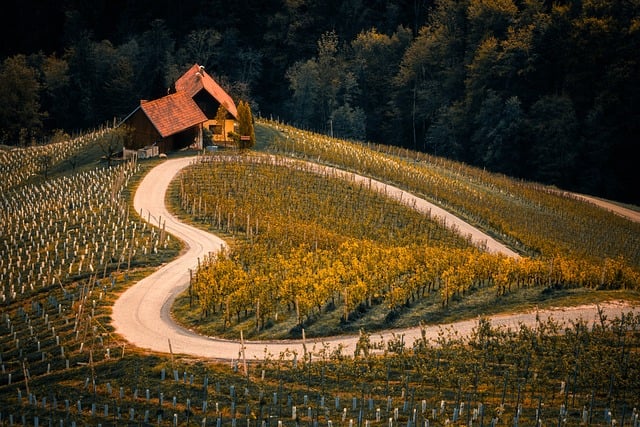Introduction: A Symphony of Change
Movie soundtracks have undergone a dramatic evolution. Once dominated by orchestral scores, they now embrace a diverse tapestry of musical elements. From the foundational scores of early cinema to today's curated 'needle drops' and high-profile artist collaborations, music's role in film has become increasingly complex, synergistic, and vital to storytelling.
The Golden Age: Crafting Emotion with Orchestral Scores
Early cinema relied heavily on original orchestral scores. Visionary composers like Max Steiner (Gone with the Wind) and Bernard Herrmann (Psycho) composed legendary scores that amplified emotional impact and became cultural touchstones. They masterfully employed techniques like leitmotifs—recurring musical themes associated with characters or ideas—to guide audiences through the narrative.
The Rise of the 'Needle Drop': Pop Music Finds the Frame
The 'needle drop'—the strategic placement of pre-existing popular songs—gained significant traction in the mid-to-late 20th century. Films like American Graffiti (1973) and Goodfellas (1990) expertly used familiar tunes to instantly establish time periods, evoke specific moods, and provide ironic or thematic commentary. This technique leverages the audience's existing emotional connection to the music.
Modern Synergy: Artist Collaborations and Original Songs
Contemporary soundtracks frequently feature collaborations between filmmakers and popular recording artists. Commissioning original songs for films creates powerful marketing synergy and unique artistic fusions. Standout examples include Kendrick Lamar's curated album for Black Panther and the chart-topping original songs from The Greatest Showman, blending cinematic narrative with mainstream musical appeal.
Current Trends: Blending Styles and Pushing Boundaries
The trend towards musical diversity continues unabated. Recent examples include Billie Eilish's haunting theme for the James Bond film No Time to Die and Hans Zimmer's score for Dune (2021), which masterfully blended otherworldly electronic textures with orchestral power. Films increasingly weave diegetic (source) and non-diegetic (score) music together, incorporate global music influences, and focus on creating memorable sonic branding. A striking example is Everything Everywhere All at Once, where the inventive original score by Son Lux is deeply integrated into the multiverse narrative, almost becoming a character itself.
The Future: An Ever-Expanding Sonic Palette
The future of movie soundtracks promises even greater innovation and diversity. As technology evolves and audience tastes shift, expect filmmakers to experiment further with genre fusion, interactive elements, and novel collaborations. The boundaries separating score, licensed music, and sound design will likely continue to blur, forging increasingly immersive and emotionally potent cinematic soundscapes.
